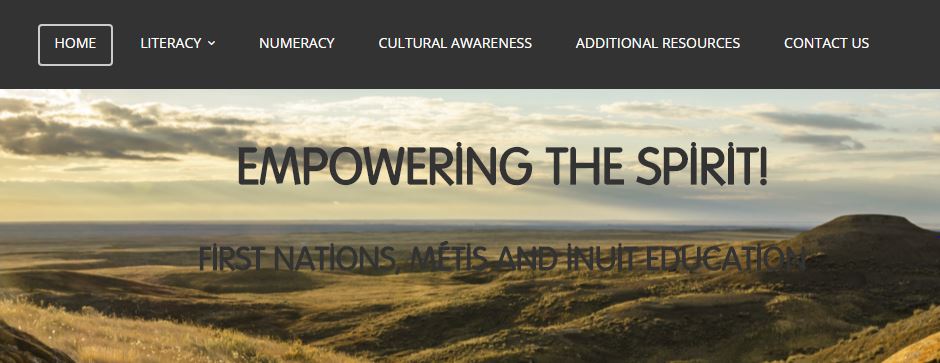8th Fire is a four-part mini-series from CBC that examines the past, present, and future of Canada’s relationship to its indigenous peoples. The mini-series’ website includes many resources relevant to indigenous knowledge. Two that I want to highlight are “Maps” and “Aboriginal Filmmakers”.
The “Maps” section includes a series of thematic maps that can be layered over the map of Canada. One map is a Stories Map, which includes dispatches from different First Nation voices across Canada. These dispatches focus on a variety of topics including history and culture to economic development projects. The Treaties and Land Claims map provides a visual overview of historic treaties, Peace and Friendship Treaties, settled land claims areas, and unsettled land claims areas.
The “Aboriginal Filmmakers” section profiles a handful of Aboriginal filmmakers. Profiles are linked to “dispatches” that the filmmakers have created for CBC as part of the 8th Fire Series. Most of these dispatches are short documentaries. I feel this dispatch from Jessie Fraser is timely with our recent discussions around Inuit in Nunavut: An Inuk Reporter in Iqaluit




